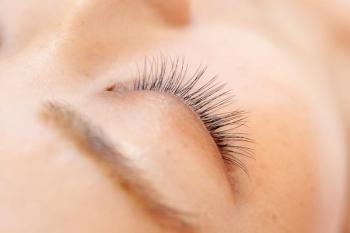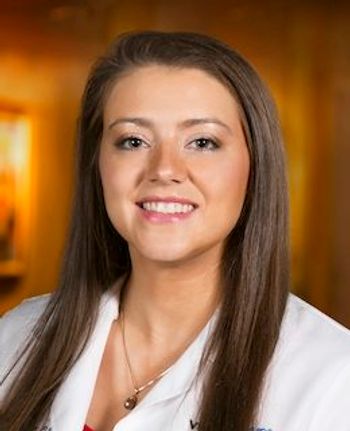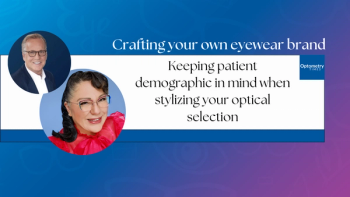
Meeting emphasizes mutual input to develop optimal treatment plan
Attendees were treated to a broad sampling of presentations at the third annual Evidence-Based Care in Myopia Control, Retina, and Vision Enhancement meeting of the Wilmer Eye Institute in conjunction with the Maryland Optometric Association.
Chaired by Elliott H. Myrowitz, OD, MPH, the conference was held on Sunday, March 7, at Tilghman Auditorium on Johns Hopkins Medical Campus. Below is an overview of the sessions presented at this daylong COPE event.
Patients come in all different shapes, sizes, and temperaments. Some accept what their physicians say as the ultimate truth; others are less trusting and require studies and research that support the proposed treatment plan prior to accepting the doctor's orders. Evidence-based care allows doctors to communicate better with patients, and is especially helpful with patients who may be skeptical.
The most basic level of scientific evidence is the observation, such as those made in case reports or case series. There is a hierarchy of evidence, beginning with the observation and case reporting, and culminating in the clinical trial. The gold standard in this hierarchy is the randomized double-masked, controlled clinical trial.
Added most recently to this hierarchy is the systematic or quantitative review. If several comparable trials have been done, these reviews gather and analyze the existing data. One such resource is The Cochrane Eyes and Vision Group, which has a library and resource group of systematic reviews (
Patients are more likely to be compliant when they trust their doctor. Doctors can build their credibility by supporting treatment plans with research. Ultimately, it will be a combination of clinical experience, research evidence, and the willingness of a patient to comply that allows doctors to develop the most efficient treatment plan for their patients.
Researchers of a recent randomized, controlled trial, however, found that executive bifocals did slow down the progression of myopia (–1.55 D for the control group and –0.96 D for the bifocal group) over a 2-year period. These data also showed that a third group of subjects who wore the executive bifocal with base in prism had less progression over 2 years (–0.70 D).
Several studies indicate that orthokeratology is successful in controlling myopia progression. Orthokeratology lenses are well tolerated by children because they are more comfortable than rigid gas permeable lenses.
These lenses are worn at night while sleeping, and give young patients the freedom to go swimming and participate in sports without having to worry about contacts or glasses. Most importantly, they help keep the patient's prescription low and stable throughout their growing years.
Newsletter
Want more insights like this? Subscribe to Optometry Times and get clinical pearls and practice tips delivered straight to your inbox.


















































.png)


